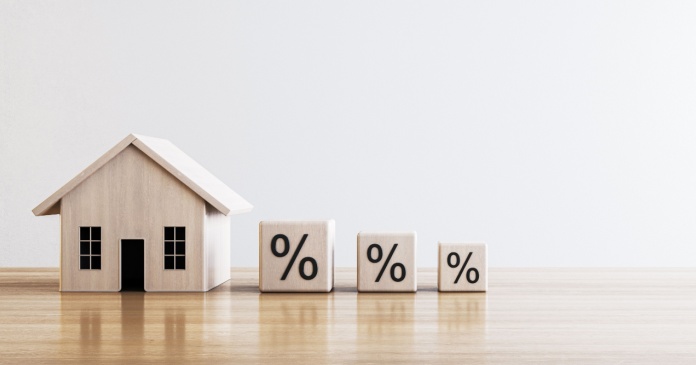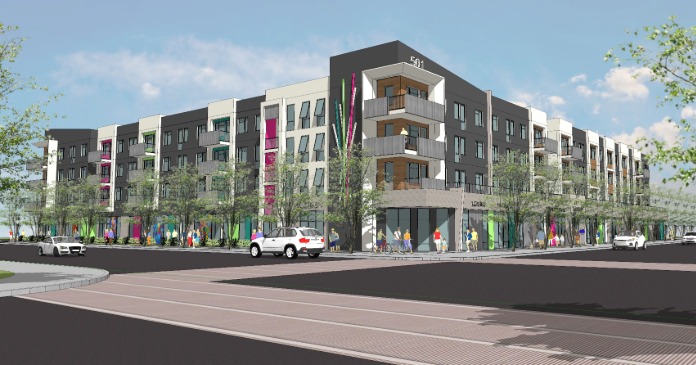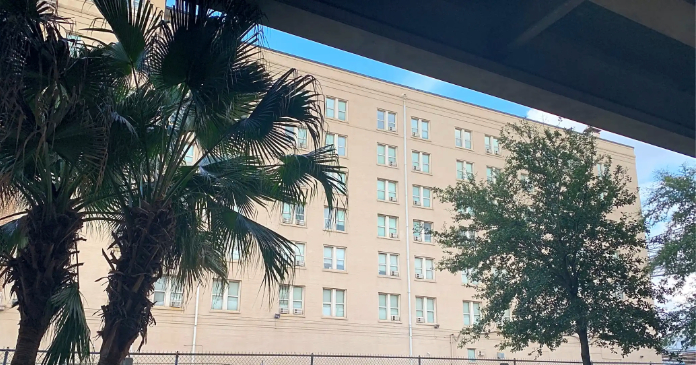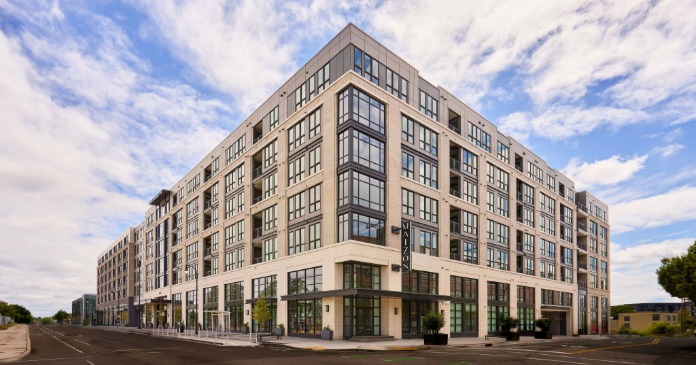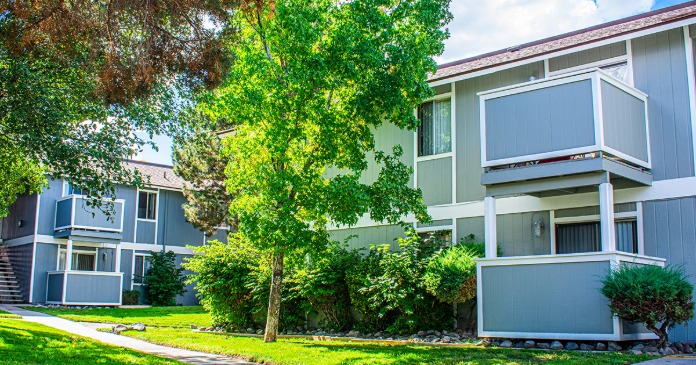CoStar reported that its value-weighted index of multifamily property prices rose 0.3 percent month-over-month in June. However, this index was still down 8.2 percent year-over-year.
The value-weighted index of non-multifamily commercial property fell 1.4 percent, month-over-month, in June. This index was down 12.8 percent year-over-year. The other commercial property types tracked by CoStar are office, retail, industrial and hospitality.
For more information on the CoStar Commercial Repeat Sales Indexes (CCRSI’s), please see the description at the bottom of this report.
Multifamily property prices show signs of life
The first chart, below, shows the history of the value-weighted CCRSI’s since January 2016 for multifamily property and for all other commercial property considered as a single asset class. It also shows trend lines for the growth in the two CCRSI’s based on their growth in the period from January 2012 to January 2020. The indexes are normalized so that their values in December 2000 are set to 100.
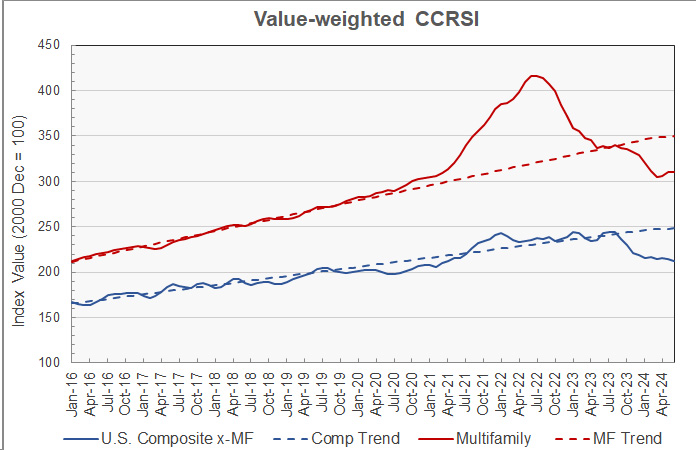
The chart shows that multifamily property prices have been rebounding since reaching a recent low point in March. Prices are up 2.2 percent since then, although they are still down 25.4 percent from the highs they reached in the summer of 2022.
Prices for other commercial property types showed signs of stabilizing earlier in the year but their rate of decline accelerated this month. The 1.4 percent month-over-month drop is the largest since January. These prices are now 13.4 percent below their high point and 14.8 percent below their pre-pandemic trend.
The second chart shows the recent history of multifamily property prices based on this month’s data along with the price estimates from last month. It shows that revisions to last month’s results were relatively minor but the revised data show that prices were higher in April and May than originally thought.
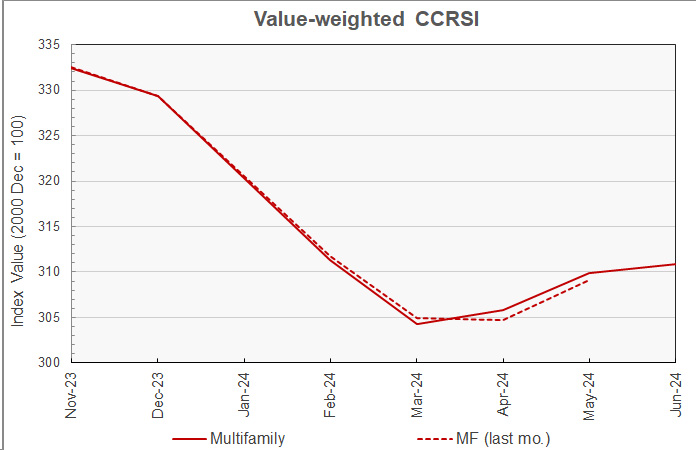
Northeast region outperforms
CoStar’s quarterly reports include information on changes in the equal-weighted CCRSI by property type by region. The history since Q1 2012 of these regional indexes for multifamily property is shown in the next chart, below. For purposes of this chart, the CCRSI’s for each of the four regions was normalized to a value of 100 in Q1 2012.
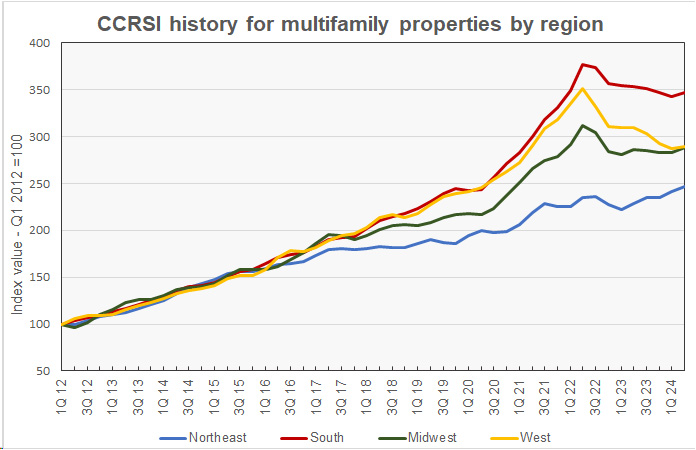
The chart shows that multifamily property prices in the Northeast region have been less volatile post-COVID than have prices in the other regions of the country. The Northeast is the only region where prices are now higher than they were in 2022. By contrast, prices are down 7.6 percent in the Midwest, 7.7 percent in the South and 17.6 percent in the West from their peaks in 2022.
On a quarter-over-quarter basis, multifamily property prices in Q2 2024 were up in all four regions of the country. Prices rose 2.5 percent in the Northeast, 1.8 percent in the Midwest, 1.4 percent in the South and 0.9 percent in the West.
The next chart shows the history of the year-over-year regional multifamily property price changes by quarter since 2016. The chart shows that year-over-year price changes have recently been positive in the Northeast and the Midwest regions although they remain negative in the South and the West regions.
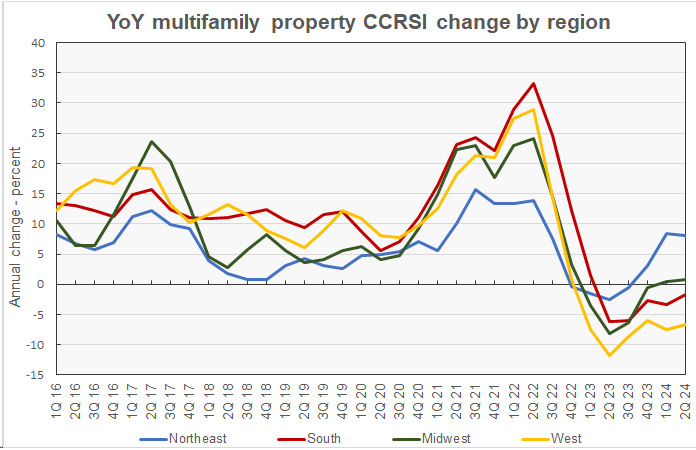
Based on CoStar’s equal-weighted quarterly indexes and comparing to year-earlier levels, prices in Q1 2024 were up by 8.0 percent in the Northeast and 0.7 percent in the Midwest. However, prices fell 1.7 percent in the South and 6.6 percent in the West.
Transaction volumes fall
An issue with monthly transaction volume reporting is that CoStar usually identifies additional transactions to tabulate over the next few months after the initial report, and these extra transactions tend to make subsequent reports of declining transaction volumes less severe than first thought.
In June, CoStar reported that the transaction volume was down both from the initial reported level for May and also from the revised level for May listed in this month’s report.
CoStar reported that the initial transaction count for June was 1,068 repeat sales pairs. This was down 11.5 percent from the initial level reported for May (1,207) and was down 23.8 percent from the revised level for May (1,401) in this month’s report.
The preliminary dollar volume of transactions was reported to fall 7.7 percent from the revised level of the month before at $8.67 billion. It was up 2.8 percent from the preliminary level reported last month.
The full report discusses all commercial property types. While the CoStar report provides information on transaction volumes, it does not break out multifamily transactions. The latest CoStar report can be found here.
CCRSI defined
The CoStar report focuses on a relative measure of property prices called the CoStar Commercial Repeat Sales Index (CCRSI). The index is computed based on the resale of properties whose earlier sales prices and sales dates are known. The index represents the relative change in the price of property over time rather than its absolute price. CoStar identified 1,068 repeat sale pairs in June for all property types. These sales pairs were used to calculate the results quoted here.
CoStar computes CCRSI’s for a variety of property groupings, combining them by cost, region, property type or other factors. The value-weighted index is more heavily influenced by transactions of expensive properties than is CoStar’s equal-weighted index. The value-weighted index is the focus of this report because it is an index whose value is reported monthly and for which CoStar breaks out multifamily property as a separate category.


